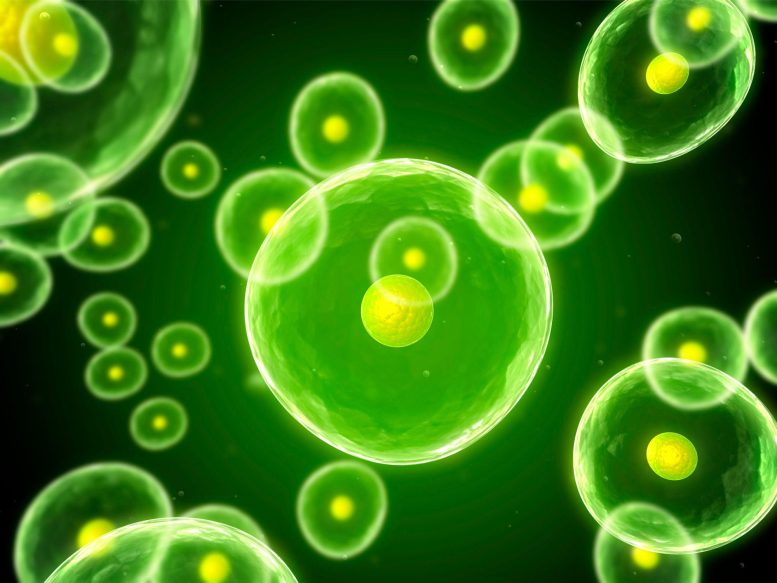
Scientists have found a new way cells degrade unneeded proteins, which influence vital neural, immune, and developmental genes. This discovery may lead to treatments for conditions caused by protein imbalances in cells.
The mechanism degrades short-lived proteins that support brain and immune functions
Short-lived proteins control gene expression in cells and execute critical roles ranging from assisting brain connectivity to fortifying the body’s immune response. Originating in the nucleus, these proteins are swiftly degraded after fulfilling their purpose.
For decades, the mechanism behind the degradation and removal of these essential proteins from cells remained a mystery to researchers — until now.
In a cross-departmental collaboration, researchers from Harvard Medical School identified a protein called midnolin that plays a key role in degrading many short-lived nuclear proteins. The study shows that midnolin does so by directly grabbing the proteins and pulling them into the cellular waste-disposal system, called the proteasome, where they are destroyed.
The findings were recently published in the journal Science.
“These particular short-lived proteins have been known for over 40 years, but no one has established how they are actually degraded,” said co-lead author Xin Gu, a research fellow in neurobiology at HMS.
Because the proteins broken down by this process modulate genes with important functions related to the brain, the immune system, and development, scientists may eventually be able to target the process as a way of controlling protein levels to alter these functions and correct any dysfunction.
“The mechanism we found is very simple and quite elegant,” added co-lead author Christopher Nardone, a PhD candidate in genetics at HMS. “It is a basic science discovery, but there are many implications for the future.”
A molecular mystery
It is well-established that cells can break down proteins by tagging them with a small molecule called ubiquitin. The tag tells the proteasome that the proteins are no longer needed, and it destroys them. Much of the pioneering research on this process was done by the late Fred Goldberg at HMS.
However, sometimes the proteasome breaks down proteins without the help of ubiquitin tags, leading researchers to suspect that there was another, ubiquitin-independent mechanism of protein degradation.
“There has been sporadic evidence in the literature that somehow the proteasome can directly degrade unmarked proteins, but no one understood how that can happen,” Nardone said.
One group of proteins that seemed to be degraded by an alternative mechanism are stimuli-induced transcription factors: Proteins rapidly made in response to cellular stimuli that travel to the nucleus of a cell to turn on genes, after which they are rapidly destroyed.
“What struck me, in the beginning, is that these proteins are extremely unstable and they have a very short half-life — once they are produced, they carry out their function, and they are quickly degraded afterward,” Gu said.
These transcription factors support a range of important biological processes in the body, yet even after decades of research, “the mechanism of their turnover was largely unknown,” said Michael Greenberg, the Nathan Marsh Pusey Professor of Neurobiology in the Blavatnik Institute at HMS and a co-senior author on the paper with Stephen Elledge, the Gregor Mendel Professor of Genetics and of Medicine at HMS and Brigham and Women’s Hospital.
From a handful to hundreds
To investigate this mechanism, the team began with two familiar transcription factors: Fos, studied extensively by the Greenberg lab for its role in learning and memory, and EGR1, which is involved in cell division and survival. Using sophisticated protein and genetic analyses developed in the Elledge lab, the researchers homed in on midnolin as a protein that helps break down both transcription factors. Follow-up experiments revealed that in addition to Fos and EGR1, midnolin may also be involved in breaking down hundreds of other transcription factors in the nucleus.
Gu and Nardone recall being shocked and skeptical about their results. To confirm their findings, they decided they needed to figure out exactly how midnolin targets and degrades so many different proteins.
“Once we identified all these proteins, there were many puzzling questions about how the midnolin mechanism actually works,” Nardone said.
With the aid of a machine learning tool called AlphaFold that predicts protein structures, plus results from a series of lab experiments, the team was able to flesh out the details of the mechanism. They established that midnolin has a “Catch domain” — a region of the protein that grabs other proteins and feeds them directly into the proteasome, where they are broken down. This Catch domain is composed of two separate regions linked by amino acids (think mittens on a string) that grab a relatively unstructured region of a protein, thus allowing midnolin to capture many different types of proteins.
Of note are proteins like Fos that are responsible for turning on genes that prompt neurons in the brain to wire and rewire themselves in response to stimuli. Other proteins like IRF4 activate genes that support the immune system by ensuring that cells can make functional B and T cells.
“The most exciting aspect of this study is that we now understand a new general, ubiquitination-independent mechanism that degrades proteins,” Elledge said.
Tantalizing translational potential
In the short term, the researchers want to delve deeper into the mechanism they discovered. They are planning structural studies to better understand the fine-scale details of how midnolin captures and degrades proteins. They are also making mice that lack midnolin to understand the protein’s role in different cells and stages of development.
The scientists say their finding has tantalizing translational potential. It may offer a pathway that researchers can harness to control levels of transcription factors, thus modulating gene expression, and in turn, associated processes in the body.
“Protein degradation is a critical process and its deregulation underlies many disorders and diseases,” including certain neurological and psychiatric conditions, as well as some cancers, Greenberg said.
For example, when cells have too much or too little of transcription factors such as Fos, problems with learning and memory may arise. In multiple myeloma, cancer cells become addicted to the immune protein IRF4, so its presence can fuel the disease. The researchers are especially interested in identifying diseases that may be good candidates for the development of therapies that work through the mindolin-proteasome pathway.
“One of the areas we are actively exploring is how to tune the specificity of the mechanism so it can specifically degrade proteins of interest,” Gu said.
Reference: “The midnolin-proteasome pathway catches proteins for ubiquitination-independent degradation” by Xin Gu, Christopher Nardone, Nolan Kamitaki, Aoyue Mao, Stephen J. Elledge and Michael E. Greenberg, 25 August 2023, Science.
DOI: 10.1126/science.adh5021
Funding was provided by a National Mah Jongg League Fellowship from the Damon Runyon Cancer Research Foundation, a National Science Foundation Graduate Research Fellowship, and the National Institutes of Health (T32 HG002295; R01 NS115965; AG11085).

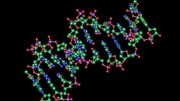
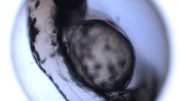

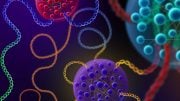


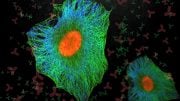

How was this remarkable discovery made? Why does the method of the research keep secret? Did you peel off the skin of a person’s brain? Did you obtain an informed consent from the person? There’s bioethics and legal obligation. The ends can’t justify the means in any situation, even if it save the world! Moral bankruptcy leads to society bankruptcy!! The real greatness of Humanity, a nation is moral progress!!